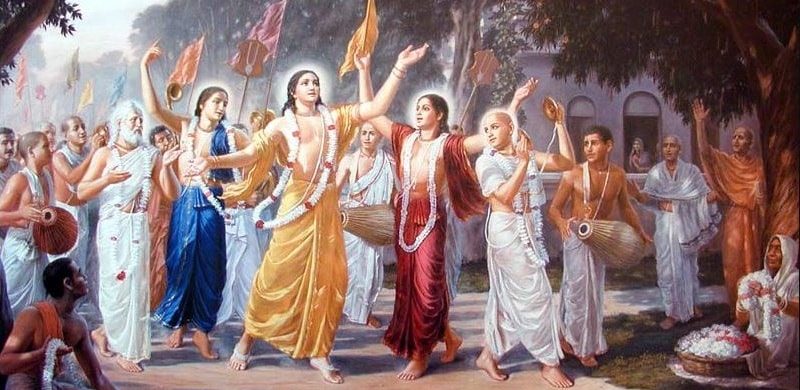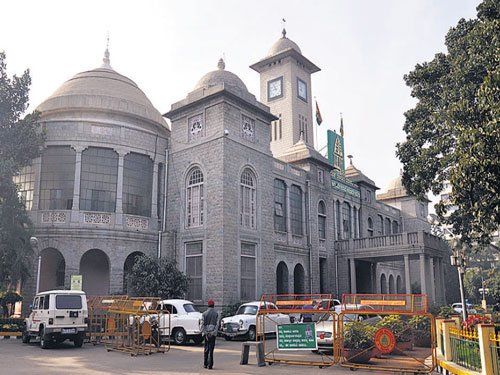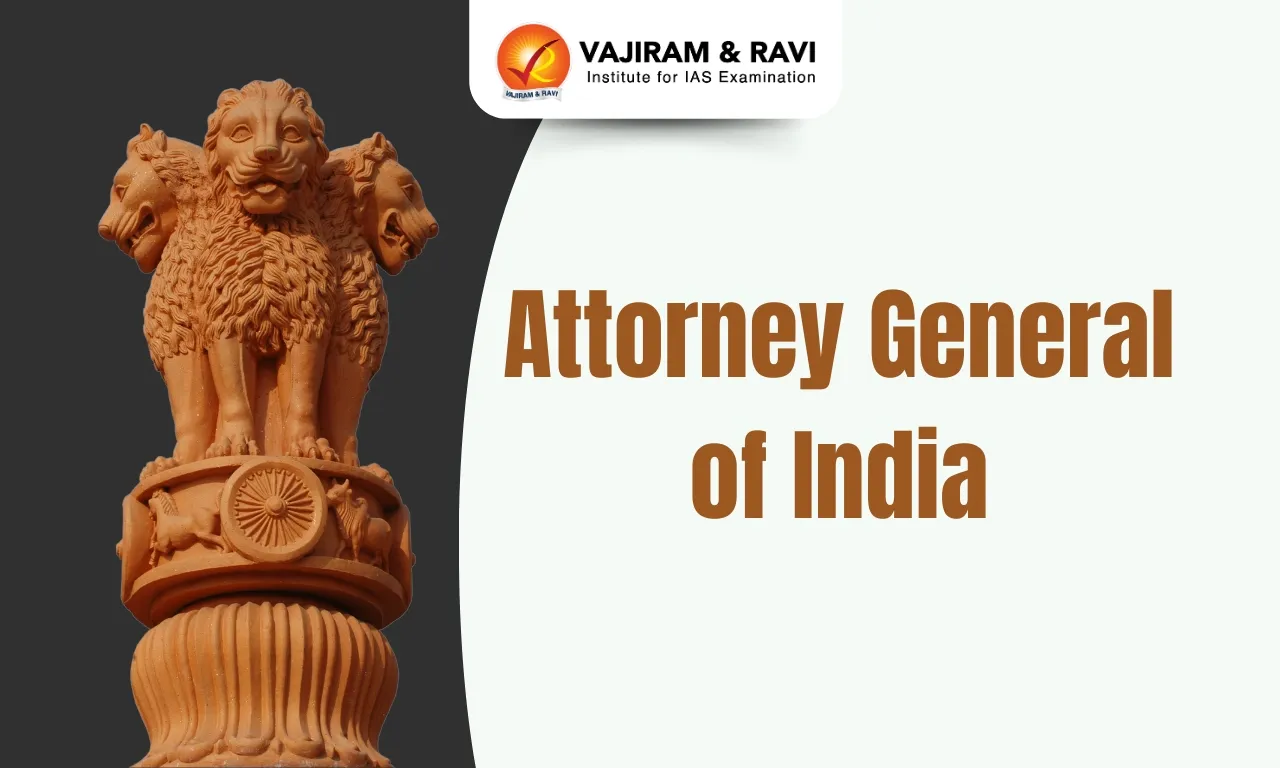Bhakti Movement in Karnataka
In Karnataka, the Shaiva bhakti cult of the Kannada-speaking Virashaivas developed during the 12th and 13th centuries.- The Virshaiva Movement was initiated by Basavanna and his companions like Allama Prabhu and Akkamahadevi.
- This movement strongly argued for the equality of all human beings.
- It was against Brahmanical ideas about caste and the treatment of women.
- They were also against all forms of ritual and idol worship.
- Endowment to temples was also forbidden because Veerashaivism believed that such acts as these encouraged inequality between one devotee and another.
- Veerashaivism also came to be known as Lingayatism because the most important component of the faith was the Ishtalinga (a phallic image of Shiva worn on the body).
- One of the most important steps taken by Basava to popularise this movement was the establishment of theAnubhava Mantapa (Hall of Discussion of Experience) at Kalyana.
- It emphasised the worship of only one God, namely Lord Shiva.
- The Veerashaivism doctrine enjoined upon its members to abstain from observing the ‘Pancha Sutakas’ or Five Pollutions, namely the pollution arising from
- Birth
- Death
- Menstruation
- Spittle and
- Caste contact, i.e. contact with the so-called inferior castes.
- Since Veerashaivism did not believe in or encourage temple worship, mathas served as institutional alternatives to temples.
| Bhakti Movement in Maharashtra | |
Like other Vaishnava bhakti movements, the Maharashtra bhakti tradition drew basic inspiration from the Bhagavad Purana.
|
|
| Jnaneshwar (1275-1296) |
|
| Namdeva (1270-1350) |
|
| Eknath (1544-1599) |
|
| Vaishnava Bhakti Movement in Bengal | |
|
|
| Jayadeva |
|
| Chandidas and Vidyapati |
|
| Chaitanya Mahaprabhu (1486-1534) | Chaitanya Mahaprabhu was Bengal's most prominent Vaishnava saint.
|
Bhakti Movement in Assam
In Assam, Sankaradeva (1449-1568) introduced bhakti both in the Brahmaputra valley and in Cooch-Behar.- He preached absolute devotion to Vishnu or his incarnation, Krishna.
- Monotheistic ideas influenced his concept of bhakti, which came to be known as the eka-sarana-dharma (religion of seeking refuge in one).
- Though eka-sarana acknowledges the impersonal (nirguna) God, it identifies personal (saguna) one as worshipful, which it places in the Bhagavad- Puranic Narayana.
- He denounced the caste system and preached his ideas to the people in their language (an Assamese form of Brajaboli).
- He made some significant innovations in devotional practice, such as including dance-drama-music form in the preaching of bhakti.
- He also founded the institution of Satra, a sitting during which people of all classes assembled for religious and social purposes.
- Later, the Satras grew into full-fledged monasteries.
- It gave rise to Sattriya, a new dance form.
- His sect is called Mahapurashiya Dharma.
Bhakti Movement in Kashmir and Gujarat
- Kashmir: Saiva bhakti flourished in Kashmir in the 14th century. Most prominent of the Shaiva bhakti saints was a woman, Lal Ded.
- Gujarat: Bhakti was preached by the Vallabha sect of Vallabhacharya and another important saint, Narsimha Mehta.
- He knew of Jayadeva and Kabir and was followed by a number of poet-saints.
- The Vallabha sect became popular among merchants and landowners of Gujarat.
Thyagaraja (1767-1847) and Bhakti Movement
- Thyagaraja, a saint-poet who spread bhakti through kritis and kirtans. The Sahitya is of primary importance in kirtan, unlike kritis, whose significance mainly lies in music.
- Tyagaraya is believed to have composed more than 1000 kritis.
- He was a devotee of Lord Rama.
- The majority of his kritis are in Telugu; others are in Sanskrit.
- He has composed several Samudayakritis (Group Kritis) such as Ghana Raga Pancharatna, kritis and also other Pancha ratna groups like Kovur, Lalgudi, Tiruvattiyur and Srirangam Pancharatna.
- He has also composed the groups of Utsava Sampradaya kritis,Divyanama Sankirtanas, and Upachara Kritis, which readily lend themselves to congregational singing.
- Divyanama Kirtana: These songs contain Lord's name and his praises, usually sung in Bhajans. There are two types of Divyanama Kirtana,
- Ekadhatu type: In this type of singing, the Pallavi and charanas are sung to the same dhatu or swaram.
- For example, Sri Rama Jayarama-Yadukulakambhoji ragam, Tava Dasoham-Punnagavarali ragam- Adi Talam, composed by Thyagaraja.
- Dvidhatu type: In this type of singing, the music of charana is different from that of the Pallavi.
- For example, Sri Rama Sri Rama-Sahana ragam, Pahi Rarnachandra Palita Surendra-Sankarabharana ragam, composed by Thyagaraja.
- Ekadhatu type: In this type of singing, the Pallavi and charanas are sung to the same dhatu or swaram.
Last updated on December, 2025
→ Check out the latest UPSC Syllabus 2026 here.
→ Join Vajiram & Ravi’s Interview Guidance Programme for expert help to crack your final UPSC stage.
→ UPSC Mains Result 2025 is now out.
→ UPSC Notification 2026 is scheduled to be released on January 14, 2026.
→ UPSC Calendar 2026 is released on 15th May, 2025.
→ The UPSC Vacancy 2025 were released 1129, out of which 979 were for UPSC CSE and remaining 150 are for UPSC IFoS.
→ UPSC Prelims 2026 will be conducted on 24th May, 2026 & UPSC Mains 2026 will be conducted on 21st August 2026.
→ The UPSC Selection Process is of 3 stages-Prelims, Mains and Interview.
→ UPSC Result 2024 is released with latest UPSC Marksheet 2024. Check Now!
→ UPSC Prelims Result 2025 is out now for the CSE held on 25 May 2025.
→ UPSC Toppers List 2024 is released now. Shakti Dubey is UPSC AIR 1 2024 Topper.
→ UPSC Prelims Question Paper 2025 and Unofficial Prelims Answer Key 2025 are available now.
→ UPSC Mains Question Paper 2025 is out for Essay, GS 1, 2, 3 & GS 4.
→ UPSC Mains Indian Language Question Paper 2025 is now out.
→ UPSC Mains Optional Question Paper 2025 is now out.
→ Also check Best IAS Coaching in Delhi
Bhakti Movements in Other Regions of India FAQS
Q1. What are the types of Sattriya dance?+
Q2. Who are known as the musical Trinity of Carnatic music?+

















